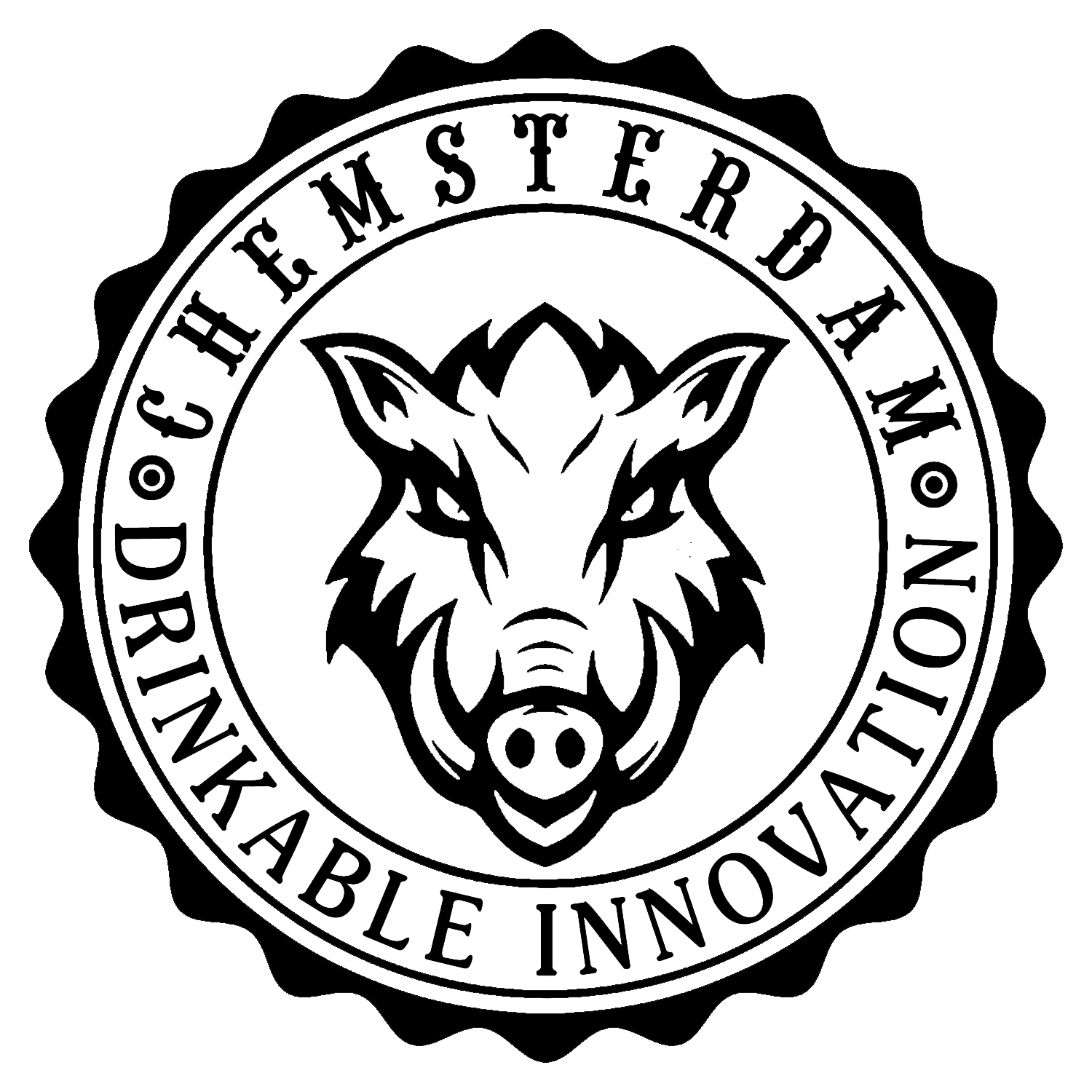Anatomy of Alcoholic Drinks
Anatomy of Alcoholic Drinks
There are 3 parts of any alcoholic drinks: alcohol, flavor/aromatic substances, and water, which is merely H2O.
Alcohol: 5-70% ABV
Alcohol is produced when yeast metabolizes glucose under specific conditions of temperature, humidity, pH, and anaerobic (oxygen-free) environment.
Flavor/Aroma: 0.01%-1.7% ABV
The aromatic and flavor compounds in alcohol vary in their volumetric concentration depending on the raw materials, production process, and aging methods used. In fermented beverages, these compounds typically constitute less than 0.5% of the volume, whereas in distilled spirits like baijiu, they can exceed 1.5%. Although these compounds make up a small fraction of the overall volume, they are the key elements that captivate us and make each drink unique.
The aromatic components in alcohol typically include the following:
Esters: Esters like ethyl acetate and ethyl lactate often contribute fruity and floral notes to beverages. They are primarily created during fermentation through esterification reactions between alcohols and acids. The alcohols produced by yeast metabolism react with organic acids to form these esters, with the process being influenced by factors such as temperature, pH, and fermentation duration.
Alcohols: Compounds like ethanol, isoamyl alcohol, and butanol not only provide the basic alcohol scent but also add fruity or spicy characteristics. Alcohols are mainly produced from the conversion of sugars during yeast fermentation. Besides ethanol, other alcohols like isoamyl alcohol are generated as byproducts, each contributing unique aromas.
Aldehydes: Aldehydes, such as acetaldehyde and furfural, add layers of fruity, nutty, or toasty aromas. They are typically formed as intermediate metabolites from sugars and amino acids during fermentation. Under low oxygen conditions, yeast produces acetaldehyde, while high temperatures can lead to the formation of other aldehydes.
Acids: Acids like acetic acid and lactic acid play a key role in enhancing the beverage’s complexity by adding fresh acidity or vinegar-like aromas. These acids are mainly produced through yeast and bacterial metabolism. For instance, acetic acid results from the oxidation of ethanol, and lactic acid is generated through lactic acid bacterial fermentation.
Phenolic Compounds: Phenolic compounds, including eugenol and vanillin, are often found in spirits aged in oak barrels, contributing vanilla, spice, or woody notes. These compounds typically come from the natural components of raw materials or are introduced during the aging process.
Terpenes: Terpenes, such as limonene and linalool, are responsible for floral, citrus, or herbal aromas, commonly found in wines and beers. These compounds originate from plant-based components in the raw materials, like grapes or hops, and are retained during fermentation or brewing.
These aromatic components work together to create the unique flavor and fragrance of the beverage.
Exogenous flavor, aroma, and color compounds
There are also flaovrs added to the alcoholic drinks, for example, The flavor of the container itself, such as the taste of oak; the flavor from substances previously stored in the container, like the fruity notes in an oak barrel that once held red wine; and the flavor from other extracts, such as the liquid obtained by soaking various herbs in high-proof alcohol.
